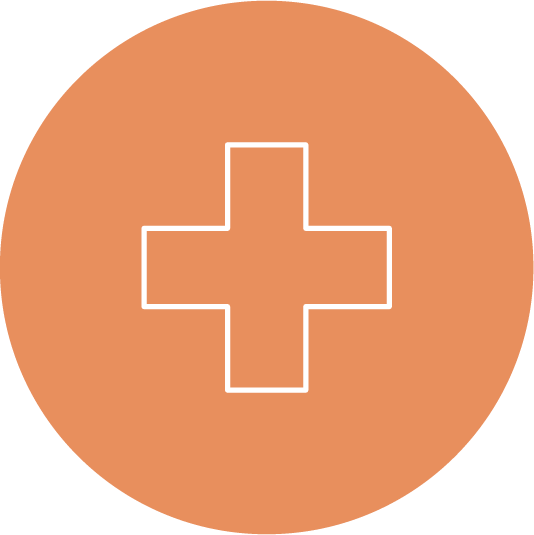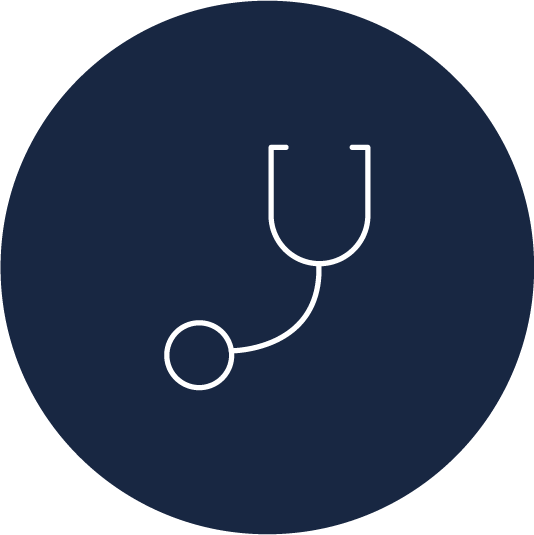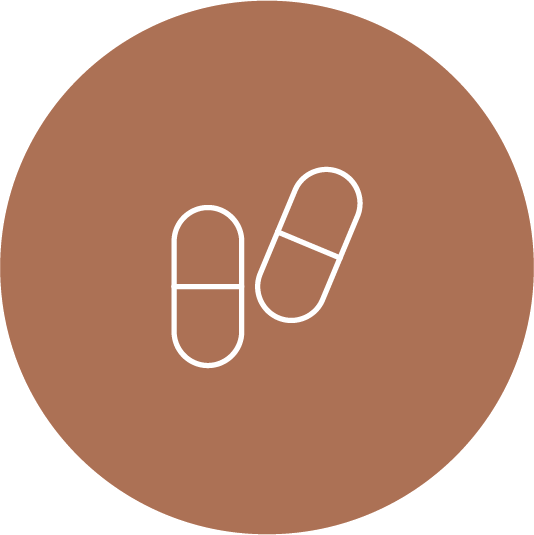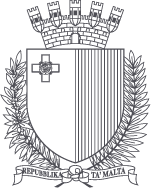This website uses cookies so that we can provide you with the best user experience possible. Cookie information is stored in your browser and performs functions such as recognising you when you return to our website and helping our team to understand which sections of the website you find most interesting and useful.
Emergency Department
The Emergency Department (ED) is led by a multidisciplinary team composed of Emergency Physicians, emergency nurses, and a group of different health care professionals like physiotherapists, radiographers, ECG technicians and health care workers. Emergency Physicians are medical specialists in Emergency Medicine, a speciality that requires knowledge and skills in the prevention, diagnosis, and management of acute and urgent aspects of illness and injury. The conditions managed present in a full spectrum of undifferentiated physical, toxicological, and psychological disorders. The medical speciality training is between 6-7 years minimum and includes two different international exams at different stages of the training. It gives the local specialty great pride that, indeed some of the specialists and consultants working in the ED of MDH, have put our local department on the European map by being chosen as international examiners in these prestigious academic fora.
The Emergency Department nurses go through a two year training that allows them to obtain and use different skills which range from triage of the patients who register to be managed in the department to specific emergency care clinical skills to the very specific prehospital practices.
Emergency Department services also branch out in the prehospital field. The Ambulance Control Room receives about 120-140 requests for assistance every day. This prehospital service is made up of a fleet of vehicles, various medical equipment, Emergency Ambulance Responders (EARs), trained emergency nurses and lead by a specialised Emergency consultant. For specific cases Emergency Nurses and/or Emergency Medicine Specialists reach the patients on smaller emergency vehicles through a service known as Rapid Response Vehicles (RRVs) and Emergency Physician Response units (EPRU) respectively.
The request for assistance is received using the international emergency number 112. When using this number, the call is received first by the Control room at the Police HQs who then transfers the call to the required services. Once a call requiring medical assistance is passed to the Emergency Department Ambulance Control room, the professional receiving the call will ask a number of very important and relevant questions to ascertain what the caller’s reason for calling is, the locality, the urgency and priority of the call as well as what resources are required to provide the care necessary. This is essential to send the resources according to medical priority. The EARs have a skill set ranging from driving skills to basic clinical skills. They are in charge of the emergency vehicles that reach and also transport the patients to the ED. Nurses and doctors with specific skills, start patient management and limit any deterioration of the patients, before arriving in hospital. In their line of duty, the EARs are trained to assist the medical and nursing personnel to carry out such lifesaving services in specific cases.
The ED can be very busy at times, and therefore it should be used by those patients suffering from an acute and unexpected illness or injury, that is either life-threatening or can lead to long-term disability. Unless suffering from acute debilitating symptoms, patients should ideally be referred by either the family doctor or health centre. This is to ensure that patients who can be treated at health centres do not need to make use of the ED. This will avoid overcrowding and prolonged waiting times at the Emergency Department whilst allowing the specialists to focus on all clinical emergency and medically urgent cases who are the ones who need to be managed in an Emergency Department setting.
The patient’s pathway starts on arriving at the department’s reception desk where patients are first registered on the Emergency Department electronic system and asked to proceed for a nurse assessment known as triage. Once a patient is called for triage, they get an initial evaluation which may include some clinical readings like a pulse, temperature, and a blood pressure and then the nurse, using an internationally validated tool, will assign a priority code.
At Triage, patients are categorised according to their urgency and needs. Children under 16 years of age will be directed to the Paediatric Emergency Department which is a section of the Emergency Department managed and run by the Paediatric Speciality. Cases requiring specific speciality services like ENT, Ophthalmic and Obs & Gynae, after the initial triage, will be directed to the relevant specialities and locations within MDH.
Besides the above speciality cases, the average adult daily presentations are between 240 and 310 patients. Urgent cases are given a high priority and such patients are asked to proceed to an acute area to be seen by a team of Emergency Department healthcare professionals. The critically ill, injured, and unstable cases, like the polytrauma patients, are assessed and managed in specially equipped rooms called resuscitation rooms. These are specifically equipped to deal with such clinically challenging and lifesaving cases. These patients are seen immediately and their management requires a team of at least 3 doctors and 2 nurses.
For less urgent cases, patients may be asked to return to the waiting area until they are called to be seen in a less acute area or in the Minor Care Clinic. All patients are called and managed according to their medical urgency and requirements. In the Emergency Department the doctor will be assessing and taking care of multiple patients simultaneously to use the area and resources as efficiently as possible. It is a misconception that arriving by ambulance will avoid awaiting in the Emergency Department. The priority is always given to the most urgent and a significant number of ambulance calls are made for non-urgent cases.
During the Emergency Department visit, the doctors may request blood and other investigations (eg. x-rays) whereby a patient is taken to the respective section and back to the cubicle. Other investigations are carried out at the patient’s bed.
Following the initial diagnosis and treatment, the patient’s doctor-in-charge will decide whether the patient needs to be admitted to the hospital or remain under observation for 24 hrs or discharged to their residence. A follow-up appointment with the family doctor, health centre or out-patients department may also be advised.
In the last few years, the ED started a project aimed at reducing paper use in the department and the first steps were to change the paper medical notes to an electronic, paperless system. The department is continuously collaborating with the IT department to further improve the electronic patient notes by introducing a new IT tool called the Patient Dashboard which will further improve the process and allow for better management of the data and auditing facilities. This tool will also integrate with other healthcare software used for the request of investigations and record keeping of the patient. These electronic patient records which are still being developed will also eventually include nursing documentation and other relevant information.






